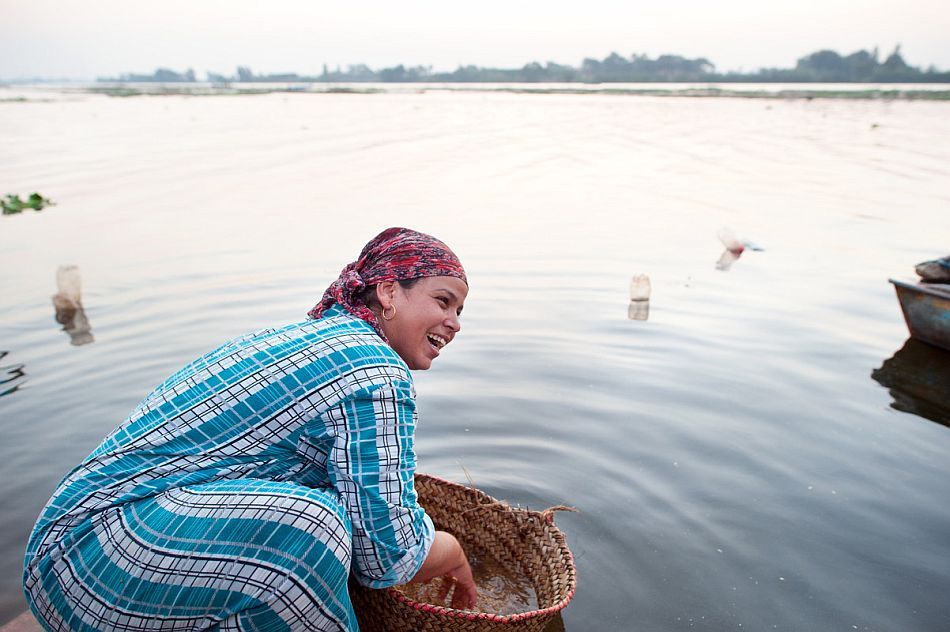Staying alive: Navigating water, gender and poverty inequalities in Kafr El Sheikh, Egypt
September 19, 2022

“water infrastructure… produces new kinds of spaces and reproduces inequalities or differences between them” (Guerrero, 2018)
By Deepa Joshi, Amina Dessouki and Nisreen Lahham, IWMI
Only 4% of Egypt’s arid landscape is cultivable. Irrigating this land mass requires a disproportionate 86% consumption of the country’s total available fresh water (FAO, 2016). Irrigation efficiency in the country’s water resources management was necessitated by the introduction of cotton by the colonial British administration, which was a turning point in the country’s agrarian political economy.
